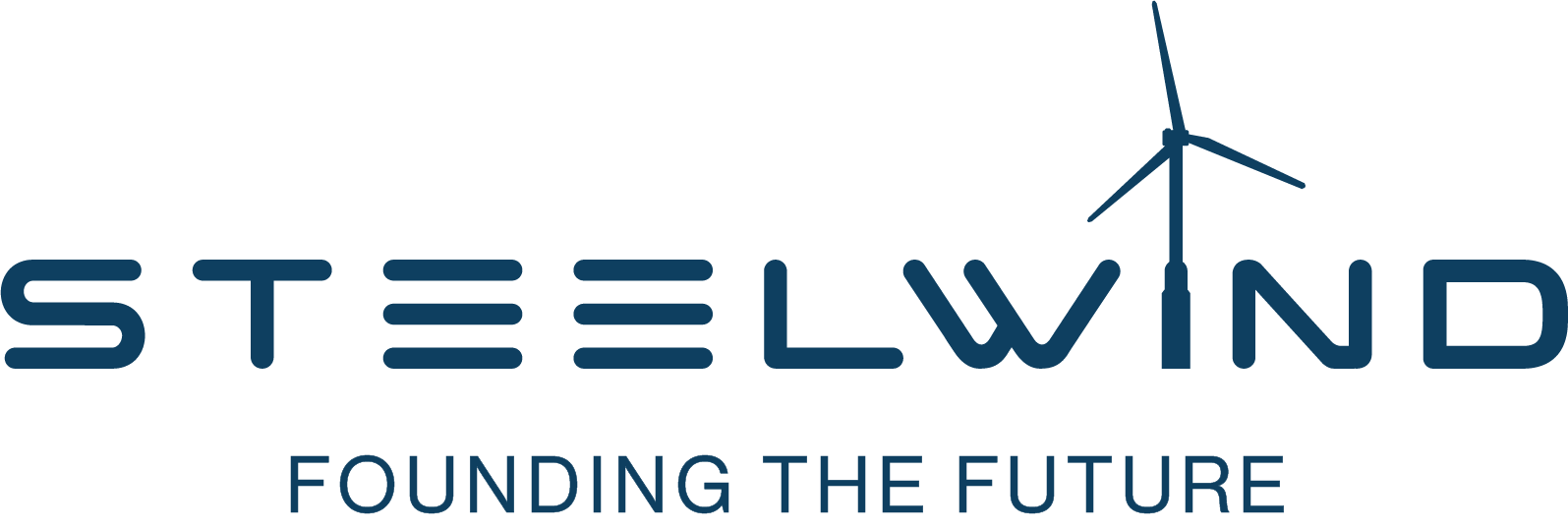
About OWFA
OWFA members manufacture different types of foundations such as monopiles and jackets, as well as transition pieces linking them to the wind tower. The coalition’s objectives are to:
Establish a level playing field to ensure sustainable manufacturing of offshore wind foundations
Ensure foundation suppliers take the lead in setting standards and defining certification processes
Affirm the industry’s commitment to the principles of ESG by advocating for non-price selection criteria in tenders
Strengthen the European offshore wind foundation industry’s production capacity in order to meet the EU Green Deal targets
Ensure the sector and its supply chain’s resilience and competitiveness in line with the Net-Zero Industry Act.
About offshore wind

Offshore wind is a type of renewable energy that transforms wind power into electricity by using wind farms constructed in the ocean. Due to higher wind speeds, offshore wind farms generate more electricity per amount of capacity installed than their onshore counterparts. Currently, European offshore wind farms have an average water depth of 44 meters and are at an average distance of 52 km from the coast. Europe has now a total offshore wind capacity of 25 GW, which has been installed over the last 20 years. The country with the highest installed capacity in Europe is the United Kingdom, with 42% of all installations. Germany is second with 31%, followed by the Netherlands (10%), Belgium (9%) and Denmark (7%). The European Commission’s Offshore Renewable Energy Strategy set the target of having an installed capacity of at least 60 GW of offshore wind by 2030 in the EU, with a view to reaching 300 GW by 2050. Europe added 2.4 GW of offshore capacity during 2020, whereas 4.5 GW and 9.5 GW per year will be needed to reach the 2030 and 2050 goals respectively. With this increase, the number of jobs in the offshore wind industry is expected to increase from 77,000 today to 200,000 by 2030.
About offshore wind foundations

Offshore wind foundations are the support structures for offshore wind turbines. The main foundation types are monopiles together with transition pieces, used when the wind turbine is installed at water depths of 15 to 60 meters, and jackets. Monopiles together with transition pieces are the most widely used foundations. They are connected to the wind tower through a transition piece and made up of a steel cylinder buried up to 30 meters under the seabed. Monopile foundations currently on the market weigh up to 2000 tonnes, with a diameter of up to 10 m.c






